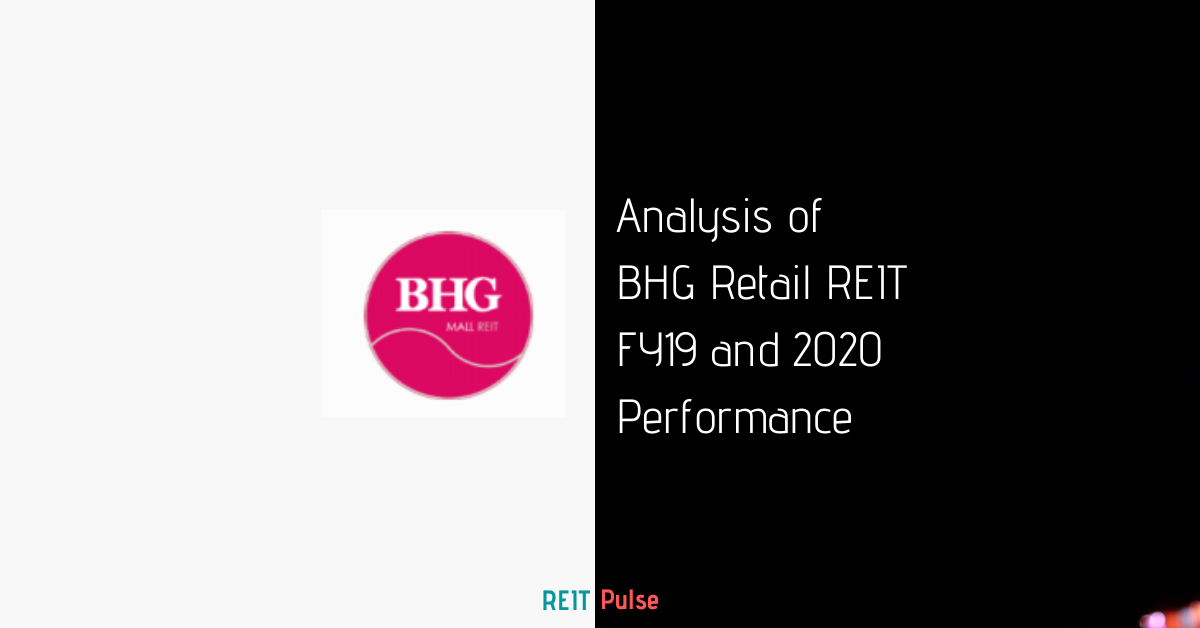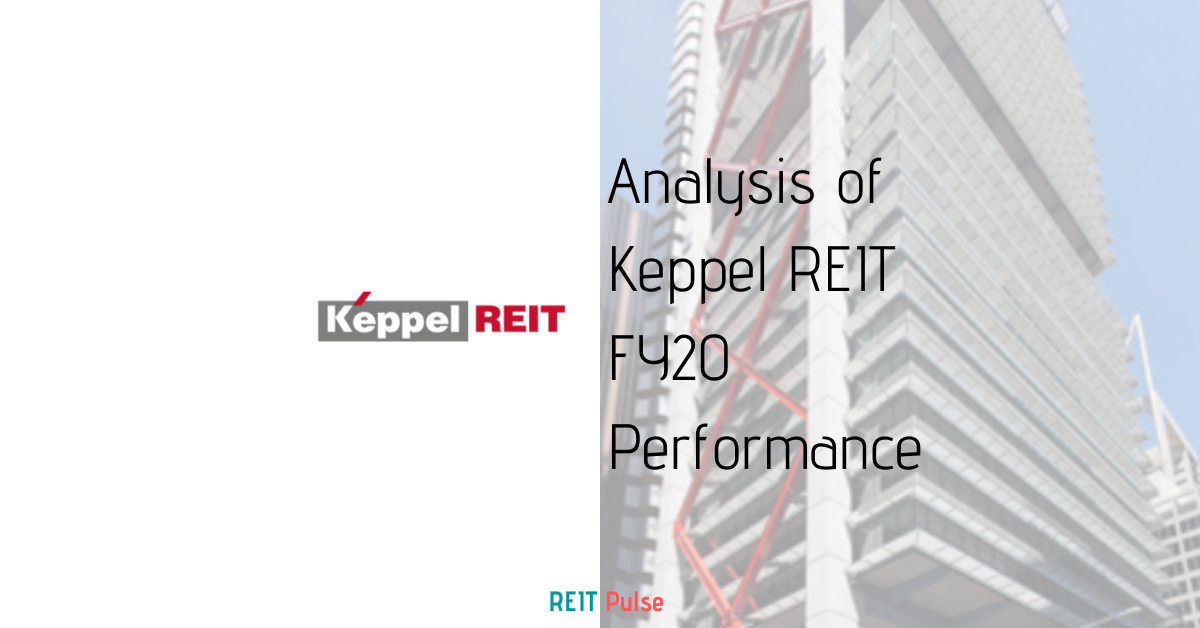
Manulife US REIT is a Singapore-based REIT that invests in office properties in some of the key markets in the United States. There have not been major developments in regards to Manulife US REIT since our last post on Manulife US REIT FY19 and 1H20 performance. Nevertheless, Manulife US REIT performance has been slightly impacted by COVID-19. In this post, we will be looking at how Manulife US REIT has performed in FY20 and 1H21.
Historical Performance (FY18 to FY20)
1. Slight decline in overall occupancy rate in FY20
| FY18 | FY19 | FY20 | |
| Figueroa | 93.9% | 93.8% | 93.0% |
| Michelson | 96.0% | 90.1% | 84.4% |
| Peachtree | 93.7% | 95.0% | 90.4% |
| Plaza | 98.9% | 98.9% | 96.7% |
| Exchange | 97.7% | 95.8% | 94.8% |
| Penn | 99.2% | 100.0% | 99.2% |
| Phipps | 100.0% | 100.0% | 100.0% |
| Centerpointe | n.a | 98.7% | 91.7% |
| Capitol | n.a | 94.2% | 93.3% |
| Average Occupancy | 96.7% | 95.8% | 93.4% |
In FY20 itself, there have not been any active disposal or acquisition by Manulife US REIT. Its assets remain the same. The uncertainty of the COVID-19 pandemic has no doubt affected some of Manulife US REIT portfolio. Almost all of its asset has a slight decline in occupancy rate. Looking at its overall occupancy rate, it has declined from 95.8% in FY19 to 93.4% in FY20. Nevertheless, this is still within a healthy range above the market average.
One positive note is that despite the uncertainty of the COVID-19 pandemic, Manulife US REIT was able to successfully retain 56.6% of its tenants in FY20 with a rental reversion of +0.1%.
2. Increased in financial performance from FY18 to FY20
| USD in 000s | FY18 | FY19 | FY20 |
| Gross Revenue | 144,554 | 177,853 | 194,312 |
| Net Property Income | 90,665 | 110,776 | 115,837 |
In terms of financial performance, Manulife US REIT reported an increase in revenue from USD 177.9 mil in FY19 to USD 194.3 mil in FY20. From a high-level glance, this appears conflicting given that the overall occupancy rate has declined in FY20.

If we were to look at the performance on an apple to apple comparison by excluding new acquisition in FY19, Manulife US REIT revenue performance has actually declined from USD 164 mil in FY19 to USD 156.3 mil in FY20. The increase is mainly driven by the full-year performance of its new acquisition in FY19.
3. Slight increase in gearing but within the permissible limit
| FY18 | FY19 | FY20 | |
| Gearing | 37.20% | 37.70% | 41.00% |
Manulife US REIT has a total borrowing of approximately USD 856.5 million as at 31 December 2020. This translates to a gearing of 41% which is a slight increase from its prior-year gearing level. Nevertheless, this is still within the permissible limit. While this would still give them some minimal debt headroom for future acquisition and enhancement activities, investors should definitely pay closer attention to its gearing given the overall increasing trend.
Read more: How do interest rates affect REITs
4. Slight decline in distribution per unit in FY18 but picked up in FY19
| USD in cents | FY18 | FY19 | FY20 |
| Distribution Per Unit | 5.57 | 5.96 | 5.64 |
The next aspect we will look at is the distribution per unit of Manulife US REIT. In line with our analysis above, the distribution per unit of Manulife US REIT has declined from 5.96 cents in FY19 to 5.64 cents in FY20. This is mainly driven by the overall decline in the performance of its assets.
1H21 Performance
5. Overall Decline in 1H21 Performance

Manulife US REIT overall financial performance has declined in 1H21. Revenue is lower by 7.9% as compared to 1H20. Likewise, its net property income has declined from US 62.2 mil in 1H20 to US 56.1 mil in 1H21. The decrease was mainly from the lower rental income from Michelson, Centerpointe, and Capitol which has an overall lower occupancy rate. This is overall in line with the occupancy decline from 93.4% in Dec-20 to 91.7% in Jun-21.
Apart from that, lower carpark income and rent abatements as a result of COVID-19 have also resulted in the drop. As a result, the distribution per unit to investors in the 1st half of 2021 has declined by 11.5%
Summary
Based on our overall analysis, Manulife US REIT has reported a mixed performance in FY20 and subsequently a decline in 1H21. This is due to the overall decline in overall occupancy rate of its assets that is mainly impacted by the uncertainty of COVID-19 pandemic.
What are your thoughts on Manulife US REIT FY20? If you are just getting started, feel free to read more of our REIT Guide and REIT Analysis. You can also read more about what REITs are if you are new to REITs.
If you are looking for a brokerage account, Tiger Brokers is currently offering a deal of a lifetime that you might not want to miss.
- Registration: 500 Coins
- Account Opening: 60 Commission-Free Trades within 180 Days (Applicable for U.S. stocks, H.K. stocks, Singapore stocks and Australian stocks )
- Funding your account with more than ≥ SGD 2,000: 1 FREE Apple(NASDAQ: AAPL)share
Do consider using our link and promo code “REITPULSE” as this will support our blog while earning some rewards. Likewise, you can read more on our reviews on Tiger Brokers.





